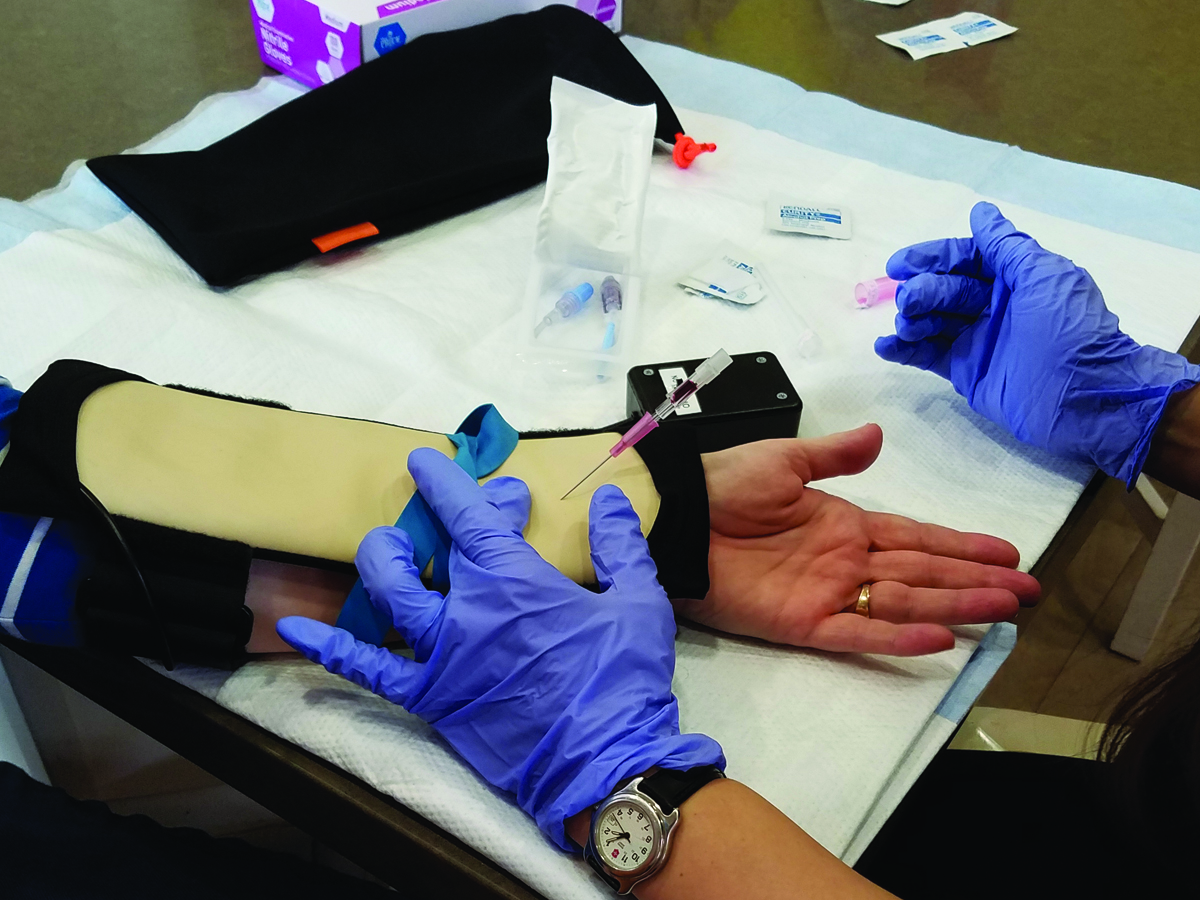-1.jpg)
Incorporating simulation into nursing curriculum, as we have seen, can be challenging. Catherine Recznik wanted to meet the challenge of creating a pediatric simulation for her nursing students. As an experienced instructor and simulation educator, Recznik knows the value of simulation in healthcare education.

In healthcare simulation education, wearable technology helps students learn certain processes and procedures. Wearable tech can be used with manikins, which can extend their lifetimes by lessening wear and tear, or with standardized participants (SPs). Wearable trainers enhance realism, help develop empathy, and provide visual feedback.

Incorporating simulation into curriculum is a new concept for many healthcare educators. Every year, educators across America, from physical therapy (PT) to nursing to EMS, will write their first scenarios. This can seem like a daunting task for a novice, but there’s no reason for concern. Scenario-building is a simple and rewarding task.

As the medical simulation industry continues to grow, there are more manikin options than ever before. With so many choices, how do instructors know how to choose the right manikin for their program?

Physical therapy and the healthcare industry are constantly changing. Every day there are new standards, technology, and innovations happening around the world. Pocket Nurse attended the 2019 American Physical Therapy Association Educational Leadership Conference (ELC) in Bellevue, Washington. The following are key takeaways from the conference.
-1.jpg)










